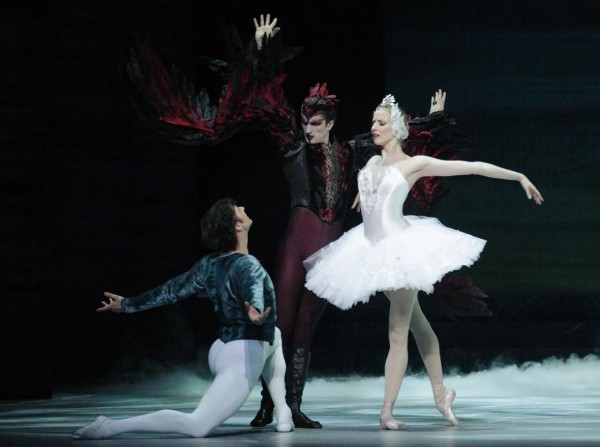Meanwhile, genocide museum in Vilnius is criticized for failing to present the Holocaust in an appropriate way.
tol.org 6 April 2018
A one-of-a-kind museum exploring man and mankind’s relationship with the cosmic world is one of several unique attractions that the Baltic country can offer its visitors, Atlas Obscura, an online magazine devoted to discovery and exploration, reports. Officially established in 1990, the Lithuanian Ethnocosmology Museum is located in the hills of Kulionys, a village in the western part of the country, and is the birthplace of the notion of “ethnocosmology.”
“The building’s architecture is based on the image of the Cosmic World Tree. The roots – an underground gallery ascending the hill – contain the exhibition, and at the top of the hill, as if climbing the trunk, we find the telescope. Together with the buildings and conception was born the name ethnocosmology – the Lithuanian understanding of the sky, relations, and respect for the celestial world as the source of life,” says the museum’s website.
In other museum-related news, after more than 90 percent of its Jewish population perished in the Holocaust, Lithuania has been making efforts to breathe new life into the community, and to encourage Litvak Jews to return. However, the local Museum of Genocide Victims falls short of this task, The New York Times writes, with the word “genocide” in its name referring to the atrocities committed by the Soviet Union post-World War II.
International criticism led to the addition of a Holocaust exhibition, but it is only a sole room and in the basement.
“Calling what the Soviets did a genocide is a lot of double-talk sophistry to turn all the victims into criminals, and all the murderers into heroes,” Dovid Katz, a Jewish scholar of Yiddish, told The New York Times, adding that the museum was “a 21st-century version of Holocaust denial.”
• Among its tourist attractions, the Baltic country also counts Musteika, an ethnographic village keeping alive an ancient beekeeping method, according to another Atlas Obscura article.
• The villagers would hollow out pine trees to enable the bees to build their hives inside. The insects, which in Lithuanian mythology are known as “God’s holy bugs,” can also roam freely and enjoy the heather and black alder groves in the region.
• Lithuanian philanthropists have teamed up with a world-renowned architect to give the capital city its first modern art museum dedicated to the country’s own artists.
• Designed by Daniel Libeskind in partnership with Do architects and Baltic Engineers, the expansive concrete-and-glass building will act as a “gateway” between the Medieval and 18th-century quarters of Vilnius. The museum is scheduled to open later in 2018.
(Compiled by Ioana Caloianu)
Ethnocosmology, Beekeeping Museum Beckon Tourists to Lithuania (1)
Rahvusvahelised uudised | 11 Apr 2018 | EWR
Viimased kommentaarid
Kommentaarid on kirjutatud EWR lugejate poolt. Nende sisu ei pruugi ühtida EWR toimetuse seisukohtadega.
This sounds like the new Toronto Eesti Keskus !
Rahvusvahelised uudised
TRENDING


























